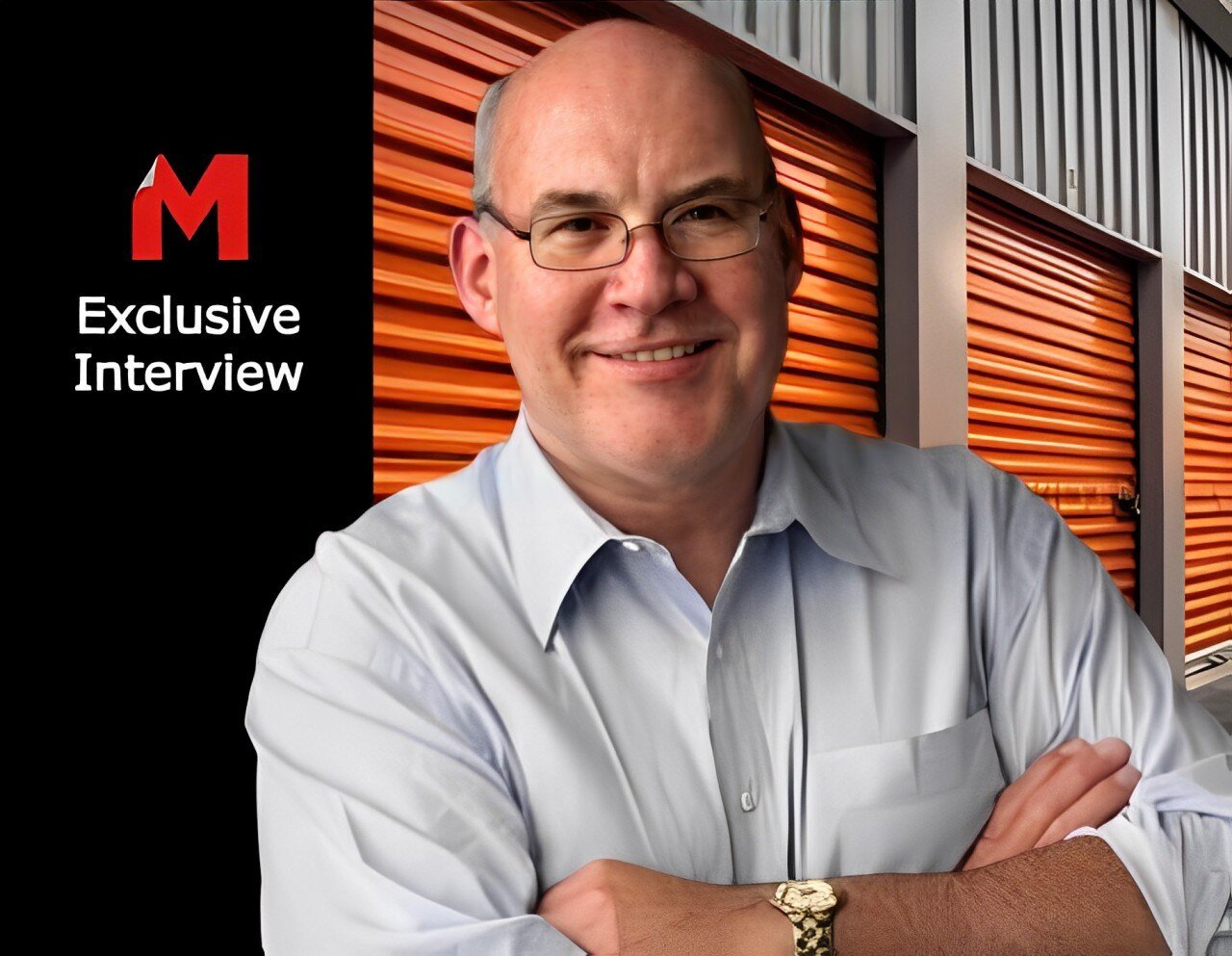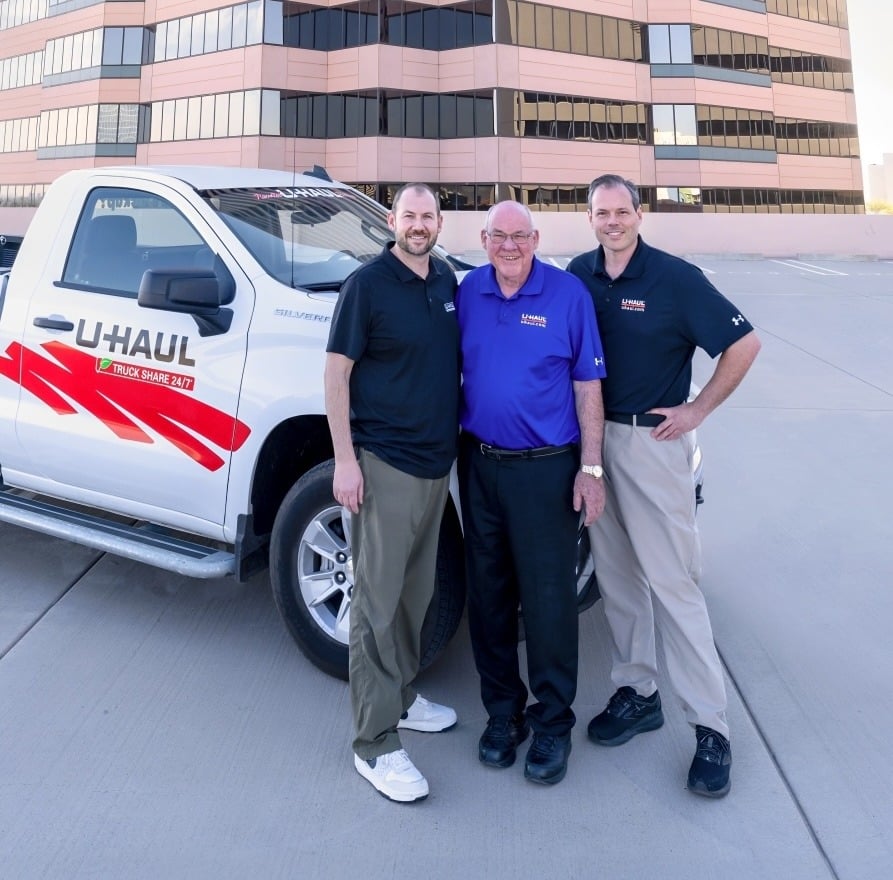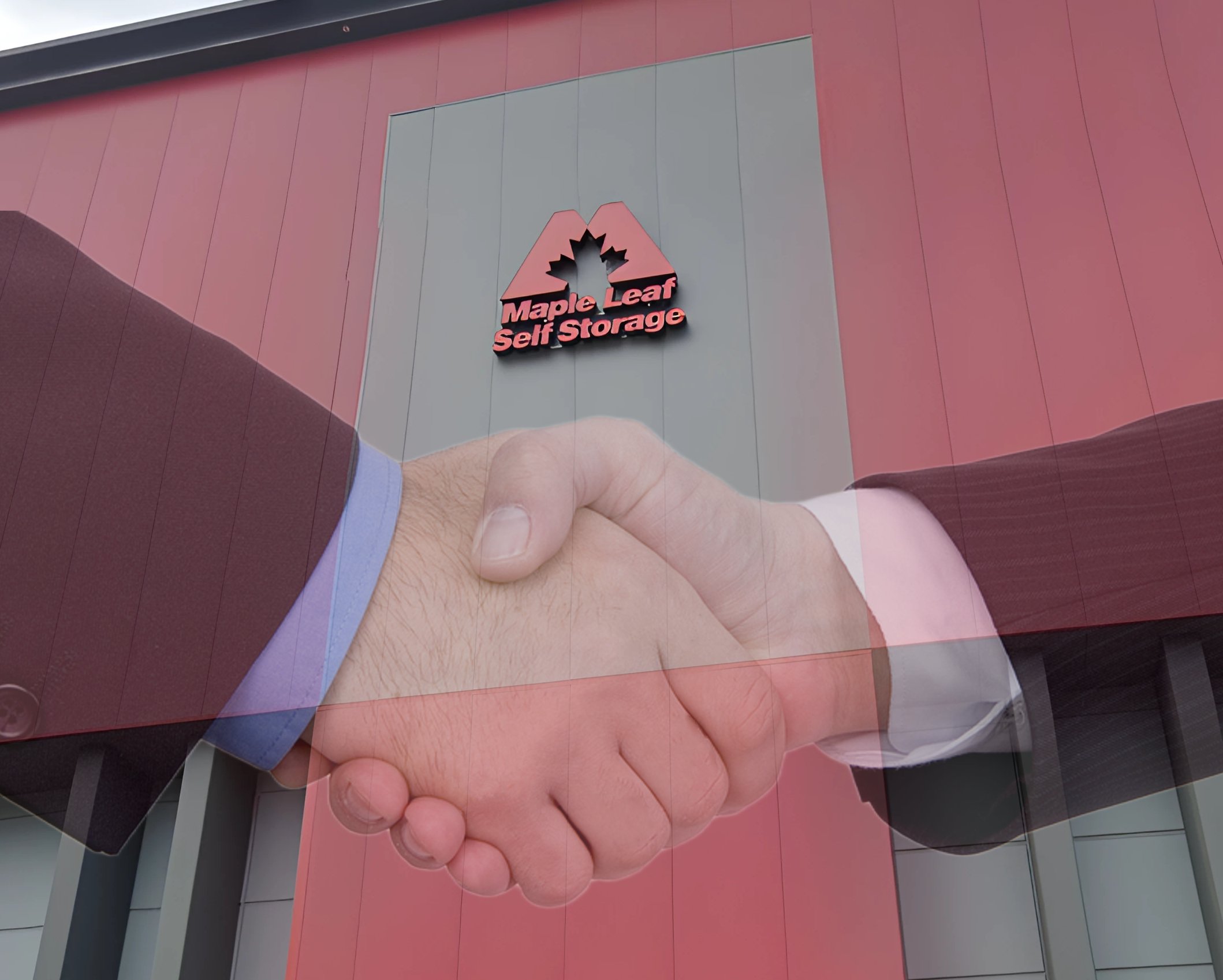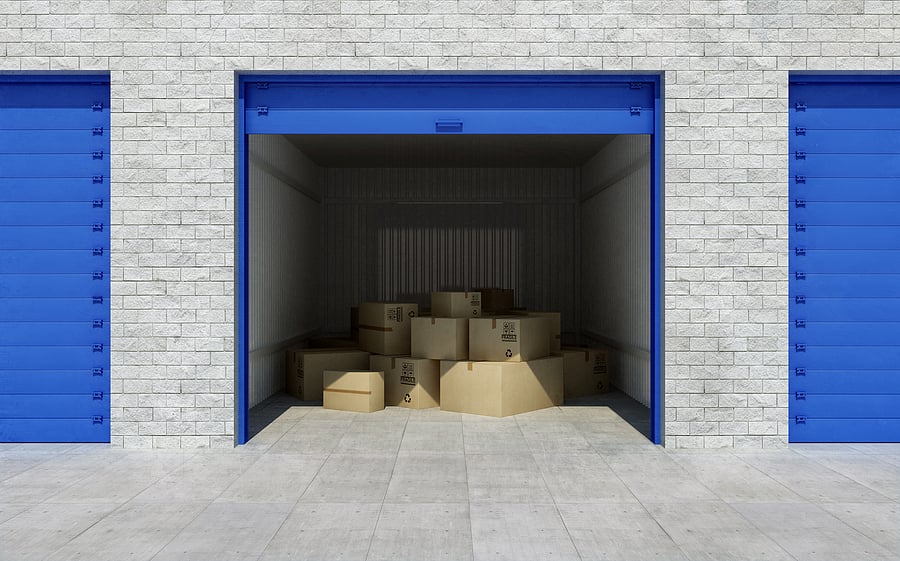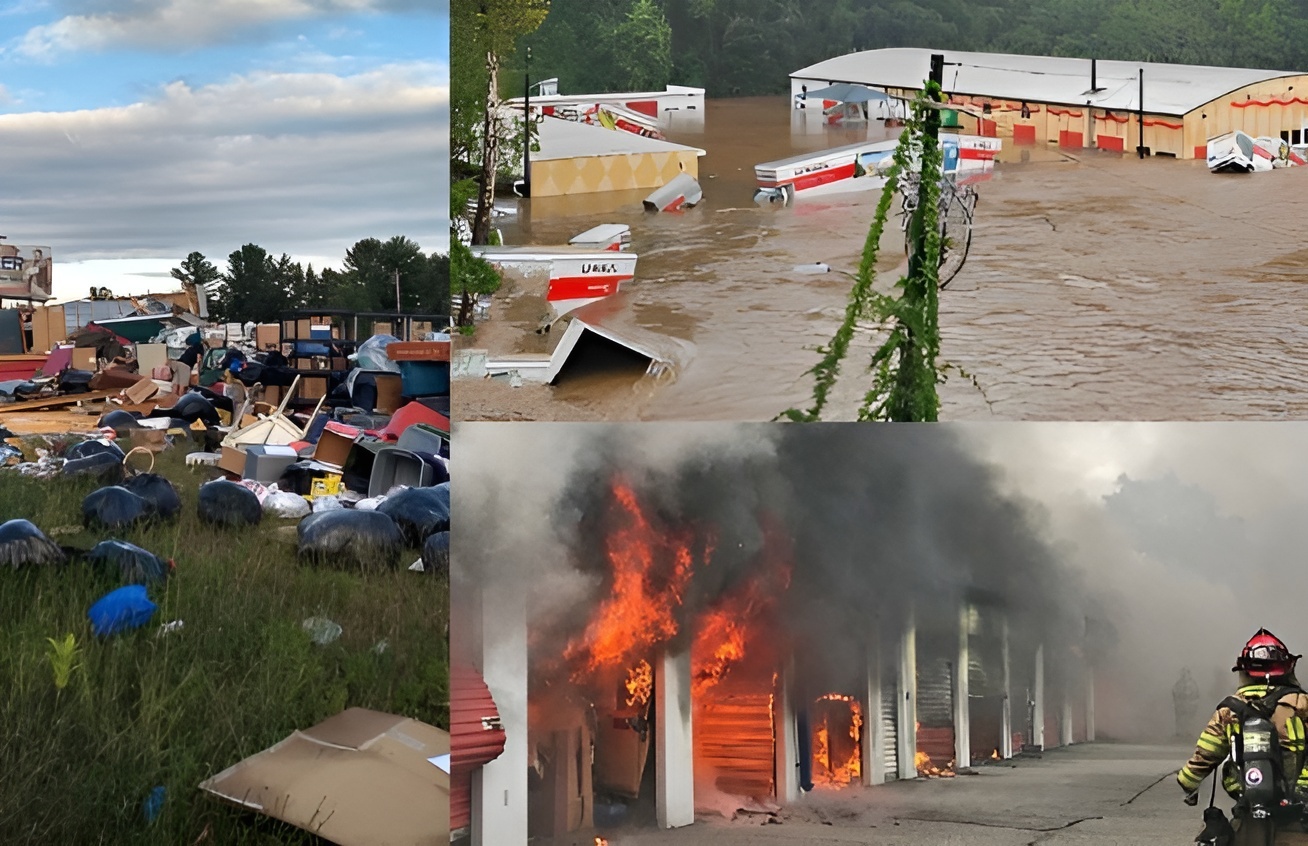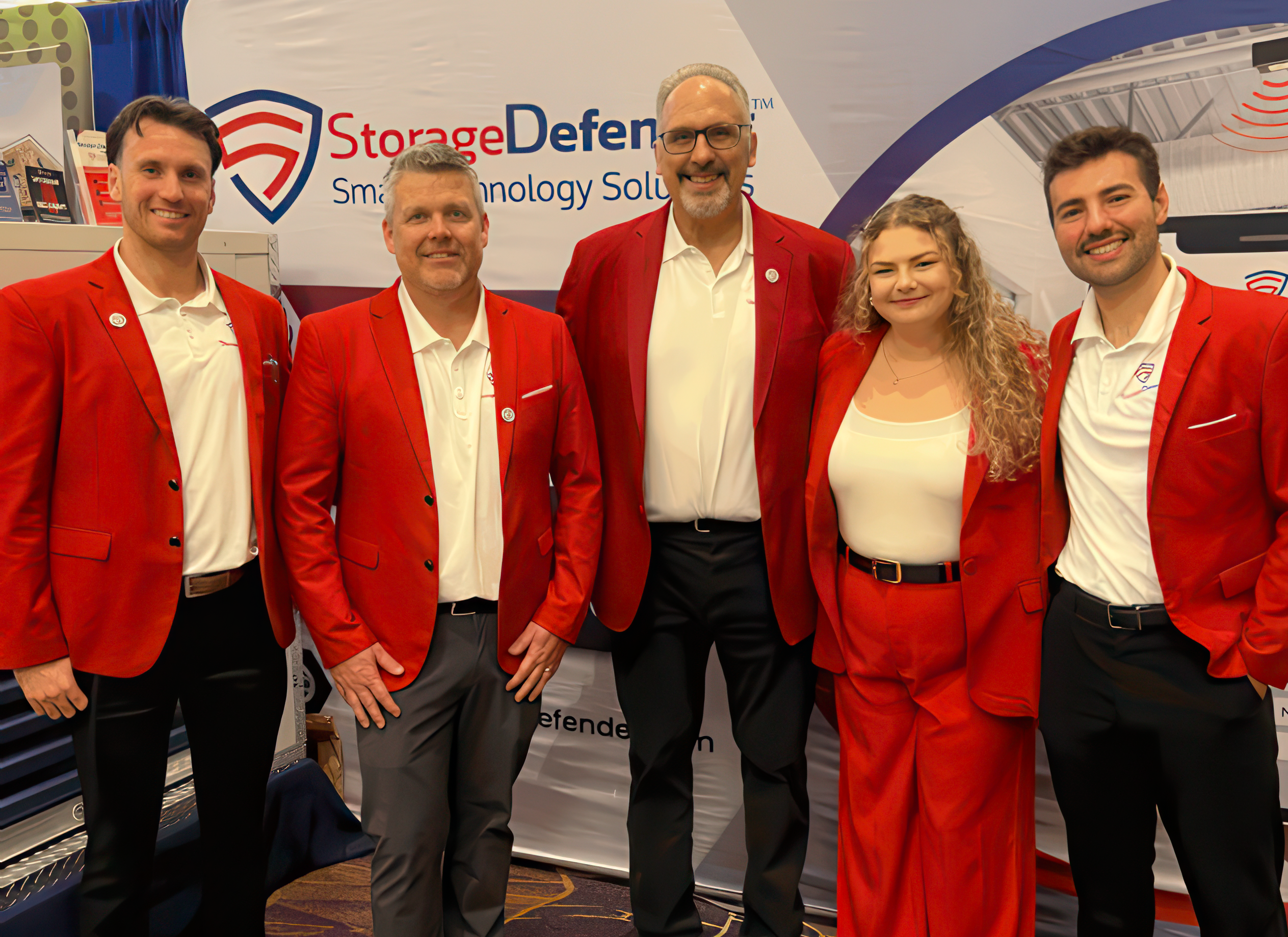Who's Who In Self-Storage: Marc Smith, Personal Mini Storage
We are more than halfway through this unpredictable year, and plenty of reports indicate that the self-storage industry has managed to outshine other types of commercial real estate. But although the asset class has been repeatedly called “recession resistant” or “recession proof” over the years due to its resiliency during challenging economic times, the industry isn’t entirely invincible.
Despite the fact that the construction of new self-storage facilities had been delayed or stalled due to the COVID-19 regulations enforced earlier this year that classified construction workers as non-essential employees, the impacts of the current development cycle, which has been lingering for years and flooding many markets with new supply, seem to be coming to a head while operators simultaneously grapple with unforeseen repercussions of the ongoing coronavirus pandemic.
Excess Supply
According to Marc M. Smith, president of Personal Mini Storage, a family-owned company with 45 self-storage facilities in mid-Florida that has been in business since 1982, a more judicial approach needs to be taken to self-storage development.
“The biggest threat facing our industry is overbuilding/oversupply,” says Smith, who adds that increased competition from excessive development has been wreaking havoc on some micro-markets in Central Florida. “… Occupancies are down, rates are either flat or down, and business is challenging.”
Smith goes on to say that a number of new projects have been introduced to micro-markets with existing vacancy challenges in recent years.
“This has a deflationary impact on rates at all projects—new and existing,” he says. “A new facility introduced to an area with no new homes or apartments in the area, either under construction or planned and no new untapped prospect pool, makes little long-term sense, especially given that existing stores have a lower basis, less debt (if any), and thus are better positioned to prevail in a price war.”
Of course, the pandemic hasn’t helped matters in his area as far as rental rates and occupancy levels are concerned. Smith notes that the Central Florida market has a tourist-dependent economy, and the closures of Disney World and nearby beaches has a trickle-down effect. For instance, local residents who found themselves unemployed as a result of COVID-19 obviously have less disposable income, so they may start tweaking their household budgets. Unfortunately for self-storage businesses, cash-strapped tenants may decide that they cannot afford to continue renting their storage units. What’s more, commercial tenants may find themselves in the same boat as small businesses struggle to survive the hampered economic climate that has dramatically reduced tourism, especially as the number of cases of COVID-19 in Florida are reportedly on the rise.
Focus On Demand
Smith isn’t trying to paint a negative picture of the industry in Florida. Instead, he is highlighting the fact that not all development is “good development.”
“Good development makes sense and is good business,” says Smith. “There are underserved markets that may be more difficult to develop because of elevated land acquisition costs or hurdles to government development approvals; these types of new projects will provide their owners with ‘protective moats’ that will hinder others from taking their customer base.”
Obviously, a self-storage developer should be asking important questions about the market before building a new facility. According to Smith, “Is there a need for storage?” and “Is the area underserved?” should top the list of preliminary queries. The answers to these crucial questions should trump other factors, such as a parcel already having the right zoning in place or inexpensive land costs.
“More often that once I’ve heard a developer say, ‘It’s too late, I’ve already purchased the dirt,’ as an excuse to proceed with a not-so-thoroughly vetted parcel of land,” Smith says. “The industry would benefit from encouraging developers to do their due diligence work prior to land acquisition so that he/she is not looking for validation of the purchase (a look-back) and instead has a vetting process to find the right piece, the proverbial home run location.”
Smith recalls one inexperienced developer who had sought his input about developing a new facility in a certain area, then ignored his advice about demand and built a self-storage property between two others just because that lot was already zoned for storage. Now, there are three self-storage facilities in a row. That developer failed to acknowledge that supply doesn’t create demand, and his haphazard approach to development could have damaging consequences.
“A good project that the market needs will do well,” he says, adding that it’s best to construct new facilities in underserved markets with a product that offers a competitive advantage.
Smith also reminds developers that “once built, the damage is done forever.”
In other words, it is easier to convert a property to self-storage than it is to convert a self-storage facility to another property type. As an example, when it comes to commercial properties, Smith states that if one of two competing pizza shops on the same block goes under, the failing shop can be transformed to another establishment with minimal difficulty. However, a failing self-storage facility may never be repurposed, and that can negatively impact the rental rates of neighboring facilities as well as the city’s attitude about the property type.
Being Thorough
Clearly, the best way to avoid developing in the wrong market is to do your due diligence before planning a project.
“Developers should do their homework, survey the market, and make sure that their proposed venture will work practically and not just pencil out,” says Smith, who encourages them to invest in feasibility studies conducted by unbiased professionals.
While it may be tempting to take a risk instead of making time to thoroughly analyze the area, self-storage development is an investment that should be given ample consideration based on the market’s demographics, existing/planned supply, current/future demand, and the findings presented in an impartial feasibility study.
Vetting Development
Even though feasibility studies are required by many lenders that recognize their importance, Smith believes that the industry needs to do more to prevent unnecessary development.
“We’ve done a bad job at vetting new development,” he says, noting that other industries have vetting processes that keep development in check with demand. Airlines, for instance, must scout for available gates at airports after determining potential flight routes, says Smith. Then approvals are required from the airports. “We need a long-term look at the industry.”
Currently, a feasibility study required by a lender is the closest thing to a vetting process for the self-storage industry. But as Smith states, “We can’t convince all lenders to require feasibility studies, so we must do something as an industry. We can’t wait five or 10 years to say that we should have done something.”
Smith believes that industry professionals from the state and/or national self-storage associations could create some kind of feasibility designation or seal of expert approval that developers would be required to obtain before building.
Additionally, Smith mentions that it would be beneficial to the industry if third-party management companies, including the REITs, would request feasibility studies before accepting third-party management contracts for new builds. This possible solution stems from the notion that the barriers to entry are eased for industry newcomers who contact REITs for third-party management services. Moreover, third-party managed self-storage properties on the market that are not being purchased by the REITs that manage them has raised an important question: Should they have been developed?
A Healthy Industry
Even though some plans for new self-storage development may fall to the wayside as a result of the changing, uncertain economy, there are markets struggling to absorb the surplus supply of storage space. Some cities have resorted to moratoriums and bans to limit new supply, while others clearly have pent-up demand. This is why market research is imperative. Perhaps the suggestions within this article could help ensure that properties are properly vetted and make sense before they are constructed. The vitality of the industry depends on it.
The Impact Of Low Lease-Up Rates
Besides potentially forcing existing self-storage facilities to drop rental rates or offer concessions in order to compete, do the rock-bottom rates of properties in lease-up have other adverse repercussions?
“A common strategy for new/empty facilities is an extreme drop in rates with the idea to accelerate occupancy ramp-up activities and then to push rates on in-place tenants after fill-up,” says Smith. “The concern is that dramatic rate increases (from well-below market rates to market rates or higher) may cause negative goodwill and cause reputational damage to the industry and not to just the operator.”
–
Erica Shatzer is the editor of Modern Storage Media.
More Content
Popular Posts
The self storage industry is in a precarious...
Joe Shoen, CEO of U-Haul, has had enough.
Like its name implies, Surprise, Ariz., a...
Joe Shoen has had enough.
In a record-breaking deal finalized May 12,...
Senate Bill 709 (SB709) has many in the...
Donald Trump has just reclaimed the White...
The question of “abandonment” of stored...
Self-storage operators wear a lot of hats....
In 1992, Clinton strategist James Carville...
Recent Posts
When Neville Kennard left for a work trip to...
Self-storage software is no longer...
The self-storage industry continues to...
Fires in California. Tornadoes in Kansas....
From policy pivots in Ottawa to tariff...
Self-storage operators have struggled to...
Their signature red coats may draw attention...
Nailing down Josh and Melissa Huff for an...



